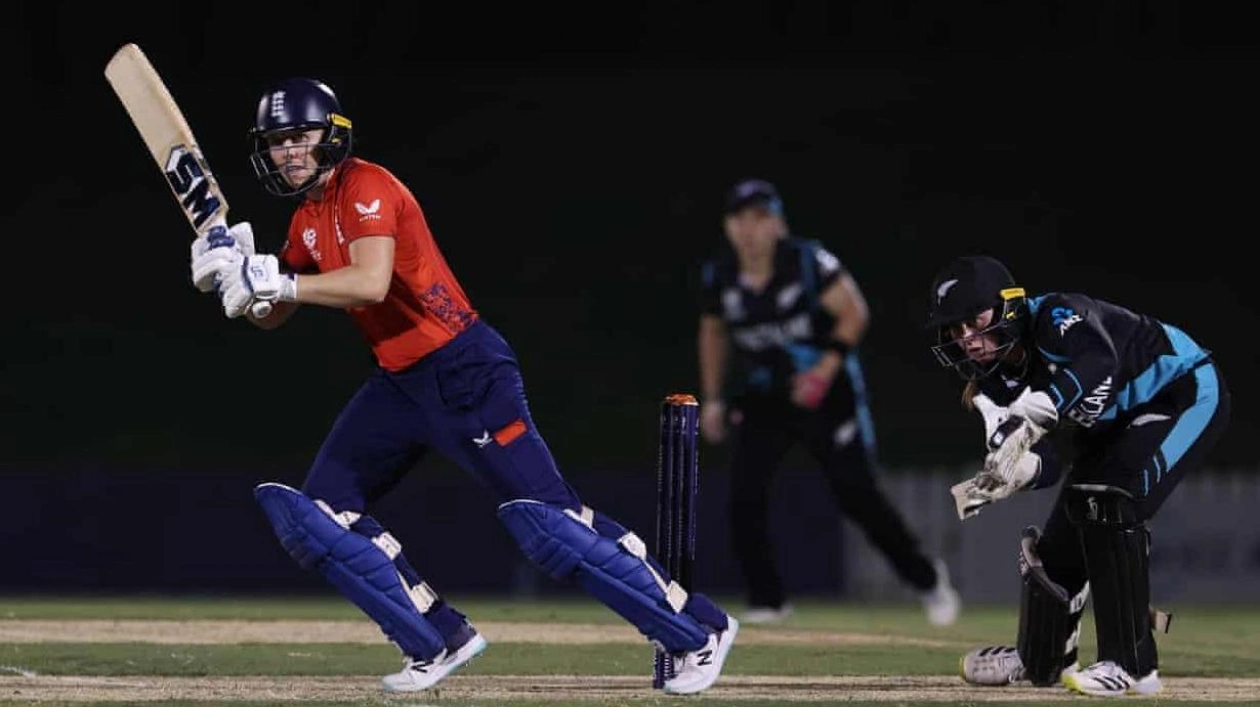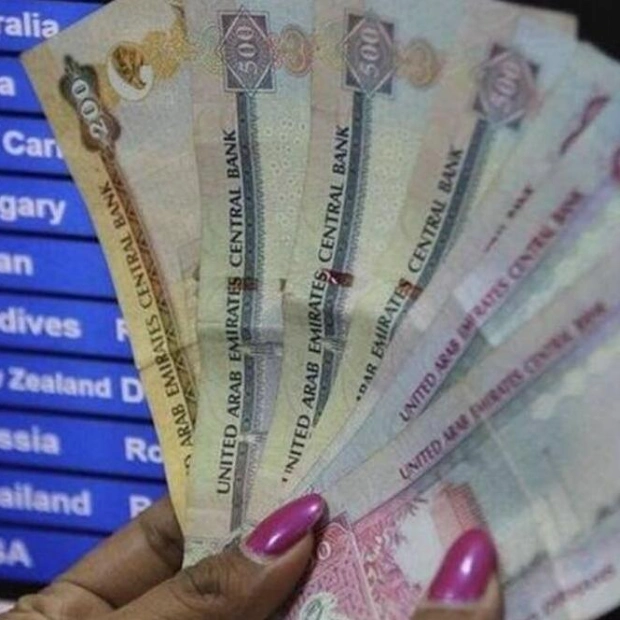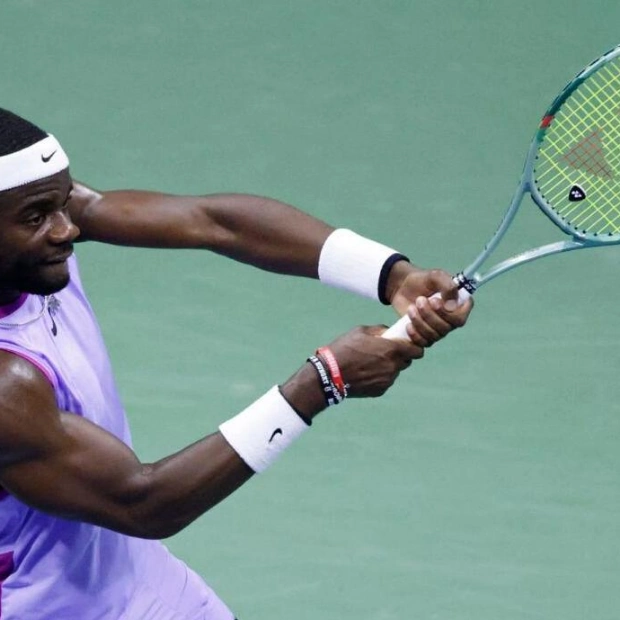Ever experienced a nightmare where you cram for an exam, only to find that the test paper in front of you isn’t the one you studied for? If so, you can empathize with England’s situation ahead of the Women’s T20 World Cup, which kicks off on Thursday—not in Bangladesh, as initially planned, but in the UAE. Twelve months ago, the England and Wales Cricket Board appointed Liam Sanders as their ‘head of cricket intelligence’ with a mission: to secure England’s first Women’s T20 World Cup victory since 2009. Sanders and his team meticulously planned for every scenario, even simulating a last-minute captaincy change with Heather Knight missing a game against New Zealand in July. However, in August, civil unrest in Bangladesh prompted the ICC to relocate the tournament. This left Sanders and his team with 12 months of preparation down the drain and just six weeks to revise their strategy.
England has tried to put a positive spin on the move—Knight recently stated, “I don’t think our plans change too much”—but the shift has nullified any data advantage the ECB hoped to leverage. The scarcity of information on women’s cricket in the UAE complicates planning, as none of the top teams—England, Australia, and India—have played an international match there. While the men’s T20 World Cup was held in the UAE in 2021, the differences between men’s and women’s cricket raise questions about the relevance of that experience. “There’s still a lot of unknowns, especially in Sharjah,” noted England wicketkeeper Amy Jones. “We don’t know what the wickets will be like there yet.”
England has one ace up its sleeve: a two-week acclimatization camp in Abu Dhabi, organized well before the tournament’s relocation. “It’s been very hot, very humid, so it’s been useful having those extra weeks to prepare,” Jones said. “In Sharjah, it’s about watching the first couple of games and trying to pick up anything we can, because it’s very unknown.” England’s first match is against Bangladesh on Saturday. Meanwhile, the team is focusing on maintaining their energy for what is expected to be a low-key affair, with local enthusiasm for women’s cricket likely to be minimal and stadiums potentially empty.
“The crowd can really lift your energy and make it easier to put on a show,” Jones noted. “It’s something we’ve discussed as a team—how can we bring the high-energy game we want, regardless of the atmosphere?” England is fortunate to be in Group B, which includes Bangladesh, South Africa, West Indies, and debutant Scotland. Group A, on the other hand, looks tougher, featuring India, New Zealand, Pakistan, Sri Lanka, and defending champions Australia.
England and Australia, who are expected to meet in the final in Dubai on October 20, have adopted contrasting strategies. Australia will rely on their pace duo, Darcie Brown and Tayla Vlaeminck, while England is banking on a four-pronged spin attack, including left-armer Linsey Smith. Conditions could be challenging, with three of England’s four group-stage matches scheduled for evening games, where dew could affect ball grip.
England won the T20 leg of the Women’s Ashes in 2023, but their recent warm-up match against Australia served as a reminder that their aggressive approach can be risky. Despite a 33-run loss due to a middle-order collapse, Jones expressed confidence in the team’s mood. “The last year has been brilliant—we’ve played some really good cricket.” The winning team will also benefit from a substantial prize pot, as this will be the first ICC event where women receive the same prize money as men—£1.8m, a 134% increase from the $1m awarded to Australia in 2023.






